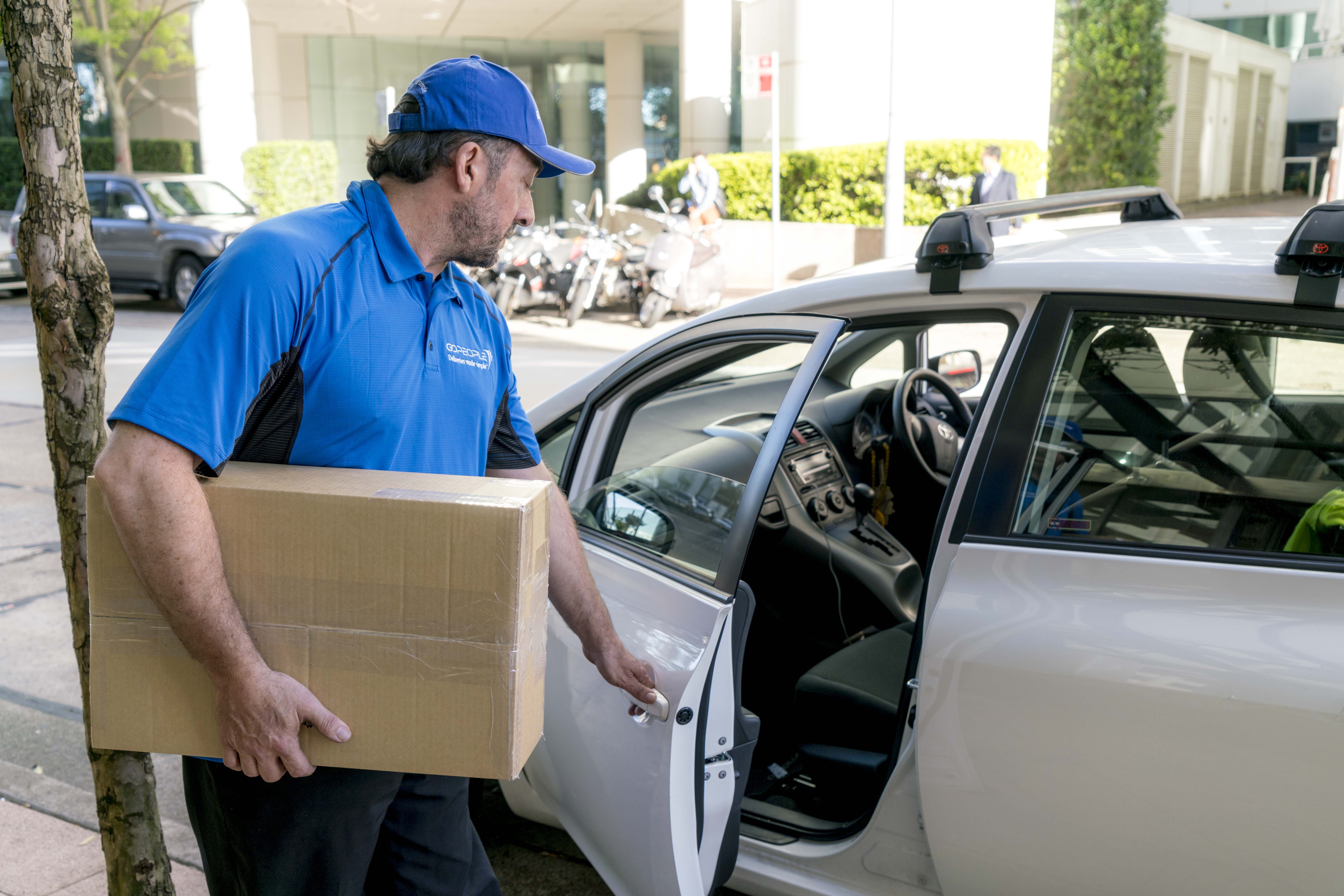Consumer demands are rapidly evolving – they want the world and they want it now – putting pressure on e-commerce retailers to innovate their “last mile” logistics.
Defined as the process between the customer placing an online order to when it reaches their hands, the last mile is the final step in the customer journey and a crucial aspect to achieving customer loyalty. Altogether, the customer journey is a collection of actions and touch points experienced by an individual when trying to make a purchase. For online retailers, their success depends on how well this journey is crafted and how the customer’s experience stacks up against their expectations. That’s why it’s incredibly important for retailers to truly understand the changing demands of their customers in an increasingly digitised and tech-driven environment.
Online retailers need to put more effort into the last mile if they desire customer retention, satisfaction and efficient, cost-effective deliveries. A complete customer journey would ensure your customers’ expectations were met and they come back to your business time and time again.
Not paying attention to the complete customer journey
Here’s the problem, despite all their efforts, too many retailers aren’t paying enough attention to the complete customer journey. Retailers understand they need to be ‘discovered’ online – whether that be through glowing reviews, advertising, or quality blog content. They also understand the need for state-of-the art online interfaces to make browsing and purchasing easier and more enjoyable compared to their competitors – but then they drop the ball.
We’re talking about the last mile, everything that happens after they hit “confirm payment” to get the product into their hands. From here, retailers are either charging premium rates for express deliveries with traditional courier companies or more modest rates for a sluggish delivery service with no guarantee around timeframes. Not to mention the many other dramas associated with a lack of transparency over delivery progress and damage to goods!
The last mile has evolved to meet industry trends and consumer demands
The truth is, customers today expect much better. They need their deliveries to be cheap and fast, accompanied by an exceptional quality of service. Essentially, the gap is rapidly closing between bricks-and-mortar retail and online shopping, with the rise in trends such as e-commerce, crowdsourcing and same-day delivery upending last-mile delivery.
It wasn’t too long ago that two-day delivery was considered fast service but now it will not suffice for most consumers. Look at e-retail giants such as Amazon, who offer such services as 1-hour delivery, same-day delivery and release-date delivery. Customer-centric delivery services like this ensure Amazon stays at the top.
Like Amazon, more companies are beginning to invest in and use their own vehicles for last mile delivery. We’re now seeing third-party-logistic (3PL) companies adapting this model, procuring their own vehicle assets with drivers on payroll to offer local delivery service. While this may be an effective path to faster fulfilment and controlled delivery, for most SMEs and online retailers this is a costly and unrealistic last mile model.
Just like digital technology has revolutionised every other part of the customer journey – it can revolutionise the delivery experience too. Gig economy courier models provide retailers with independent drivers through crowdsourcing deliveries. These services focus on information and technology, using analytics and algorithms to calculate how to do the job at the lowest cost and then utilise the existing capacity of self-employed drivers and their vehicles.
While legacy couriers may not be able to compete with the pricing of gig economy models, they have been implementing advancements to keep up with disruption. Such advancements include a stronger focus on visibility, with legacy carriers introducing proof of delivery and tracking information. While these features are not yet common practice across the board, consumers will increasingly demand this traceability.
Getting the delivery options right is critical for retailers to not only grow their business and increase sales but to stay relevant. An Australian retail study by Temando revealed those retailers that offer multiple delivery services to meet the needs of today’s consumers, see an increase in sales (79 per cent) and a reduction in cart abandonment (62 per cent). With a variety of options, retailers should be taking full advantage of last mile advancements to tick the final box on the customer journey map.
The message here is simple. The customer experience should go further than the payment screen if retailers want to ensure a loyal customer base and increased sales. A positive customer experience strategy needs to be supported by last mile logistics that reflects consumer expectations and industry trends.













